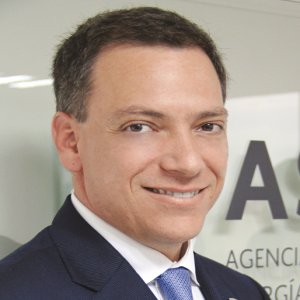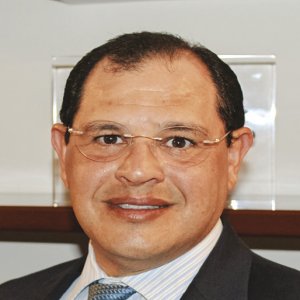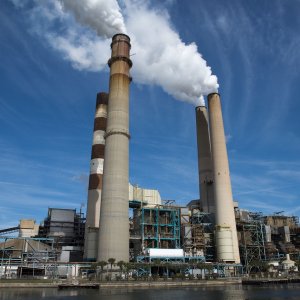Clearing the Path for Cleaner Technologies

STORY INLINE POST
Q: What does the universe of power-generation permits handled by CRE look like at the moment?
A: As of Feb 2017, we are managing 1,072 permits under the legacy scheme against 284 permits issued under the new regulations. Not all of these belong to plants already in operation. Some are from companies looking to establish bilateral contracts or to participate in power auctions. Also interesting is the fact that half the permits we manage belong to clean-energy projects. Regarding authorized capacity, however, traditional technologies continue to have the largest share as clean-energy technologies only account, as of Feb 2017, for 33 percent of the total megawatts awarded in permits. The number is even lower when considering the capacity already installed in the country, in which only 25 percent corresponds to clean energies. But we see a rising trend in the share of clean-energy capacity installed in the country and expect at least a 10 percent increase in the short to medium term given the number of new permits awarded as well as Mexico’s clean-energy goals.
Q: How is CRE improving the power auction processes to resolve private sector concerns?
A: Power auctions will be run by the Ministry of Energy in collaboration with CENACE up to the third edition. Afterward, CRE will take control of them. We have identified concerns from the private sector regarding compensation, guarantees and timelines, but the Ministry is already working toward improving these. For instance, the first power auction did not allocate any of the capacity required as the maximum price was set at MX$10,000 per MW/year, too low to attract serious investment. The second power auction corrected that, offering a price of MX$1,688,706 per MW/year. The same happened with the volume offered, which almost tripled from 500MW/year to 1,483MW/year. In this way, companies can build more complex proposals, including technologies that are more suitable for baseload power such as combined cycles and hydropower plants.
Q: Why did CFE decide to bid a conservative amount of capacity in the first power auction?
A: The first power auction acted as a pilot, in a similar manner as phase one of Round One in the hydrocarbons industry. CFE was playing it safe to see how the market reacted before making any major bids. It was the first time the Ministry of Energy, CENACE and CFE conducted such a process, so they wanted to learn from it. The outcome of that first auction was qualified as a success by several international media, including The Economist, Forbes and Bloomberg, and this successful experience has given Mexican authorities the confidence to strengthen and enhance upcoming editions. Even though renewable energies are not as sensitive to resource limitations as traditional technologies, they are still based on natural resources that are a constraint to a certain extent. We want to avoid having critical situations, as happened in Spain where more solar-energy capacity was installed than the country could handle, unbalancing the system and leading to a crisis in their solar-energy industry. Mexico wants to be cautious but is moving at a rapid pace in developing a clean-energy industry, especially compared with other Latin American countries.
Q: How is CRE preparing for the CELs market that will start operating in 2018?
A: We have less than two years to develop a robust system to keep track of all the CELs awarded to energy projects and traded in the market. We want to avoid double accounting and balance sheet inaccuracies, so our main focus is to develop a comprehensive and reliable tracking system. Our goal is to have a CELs platform that works similarly to a stock exchange market, having a value administrator to keep track of the certificates’ ownership. The same administrator will be in charge of following all the purchase-sales transactions performed in the CELs platform. We are working with different financial entities to develop a stock-based instrument, which is expected to be ready by 2018. In the meantime, we are working on the complementary regulations needed to encourage participants to join the market by 2018.
























